
Argentine Cardinal Jorge Mario Bergoglio, pictured as a young man in back second from left, and his family members are seen in this undated handout photo. (CNS photo)
The new Pope Jorge Mario Bergoglio, an Argentinian of Italian ancestry, has chosen the name Francis, i.e., the name of the Saint of Assisi, but also of Jesuit Francis Xavier, the patron saint of missionaries. Jorge Mario Bergoglio combines the human warmth and simplicity of the pastor with solid doctrine and the ability to guide as difficult a diocese as that of Buenos Aires. Since 1992 Father Bergoglio, as everybody calls him in Buenos Aires, has loved his people, visiting the poorest and most remote areas of his hometown. During the economic crisis he was a reference point for many. On great festivities he celebrated Mass and preached like a parson, questioning the congregation and eliciting their answers. He would say: “Let me ask you then: is the Church a place for the good alone?” “No!!” the congregation replied in unison. Then he asked again: “Is there room for the wicked too?” “Yes,” was the congregation’s reply. “Is anyone sent away because they are wicked? No, on the contrary they have a warmer reception. And who taught us to behave this way? Jesus. Then imagine how patient God is with each of us.” These are words that showed mercy and apostolic courage.
There is a sanctuary dedicated to Our Lady of Caacupé which has become the city’s pastoral center. Boys went around the city pitching tents with the image of the Virgin of Lujàn, venerated in the national sanctuary. It was a “city mission” in which Father Bergoglio was often involved. He celebrated Mass and greeted all those who stopped in the streets. He delivered sermons which everybody could understand, such as: “Let’s ask Jesus for all we need. Let’s ask the Father in the name of Jesus so that He may ask His Father. Let’s ask Him in the same way as the beggars did who went around Him, asked Him for everything when He passed on the street.” In this way Father Bergoglio carried out his mission amongst the people of a nation at once Catholic and threatened by Masonic sects. His announcement of the Gospel was aimed at everybody. “My people are poor and I am one of them,” he said, explaining the reason for his choice to live in a flat, to make dinner on his own and travel by bus or subway. He always exhorted his priests to be merciful and courageous and to open the doors to everyone. Rumor has it that in the 2005 conclave Joseph Ratzinger wanted Cardinal Bergoglio to become Pope. The evening he was elected, Francis prayed for his predecessor and did it like a brother, with simplicity and intense emotion. He soon referred to himself as the Bishop of Rome, asking the faithful to pray for him and speaking of the need to evangelize “a city as beautiful as this!” Maybe he was still thinking of the tents pitched in Buenos Aires.

Young Jorge Mario Bergoglio cooking his own meals.
His personal life features parish life, university studies, spirituality books and a simple lifestyle. His father Mario José was a railway functionary and his mother Regina a housewife. A family of emigrants like many in Argentina, they raised five children. Jorge was born on December 17, 1936, studied chemistry, got engaged, then gave it all up and decided to become a Jesuit. He was ordained in 1969 and made perpetual profession in the Society of Jesus on April 22, 1973. Then he was novice master, professor at the faculty of theology, consultant of the province of the Society of Jesus and rector of one of their colleges. On July 31, 1973, he was elected provincial of the Argentinian Jesuits, a post he held for six years. Pope John Paul II appointed him auxiliary bishop of Buenos Aires on May 20, 1992. His motto, Miserando atque eligendo, (i.e. lowly, and yet chosen), contained in a homily by the Venerable Bede, refers to God’s mercy on those who need it. His coat of arms features the symbol of the Society of Jesus, the star of Mary and a bunch of grapes. In the consistory of February 21, 2001, John Paul II raised him to the cardinalate and appointed him cardinal priest of the parish church of St. Robert Bellarmine in Rome. Cardinal Bergoglio told his faithful that they should not go to Rome to celebrate his elevation to the cardinalate and that they should give to charity the money not spent for the journey. A sober and ascetic man, he turned down the appointment as president of the Argentinian Episcopal Conference in 2002, but three years afterward he was appointed to that office and reappointed for another three years in 2008. Meanwhile, in 2005, he participated in the conclave which elected Benedict XVI. His devotion to the Blessed Virgin, which he expressed in his first visit following his election, is a spiritual attitude which he shares with John Paul II.

In the consistory of February 21, 2001, John Paul II raised Jorge Bergoglio to the cardinalate and appointed him cardinal priest of the parish church of St. Robert Bellarmine in Rome (Galazka photo).
Remembering the Blessed Pope after his death in 2005, Cardinal Bergoglio said that one evening in 1985 he had joined the recitation of the Rosary led by the Pope. “The Holy Father” – said Bergoglio in an interview with the magazine Trenta Giorni (i.e. 30 Days) – “was kneeling in front of the congregation. There were lots of people; the Holy Father had his back turned to us. Gradually, I became absorbed in prayer. I was not alone; I was praying amongst God’s people, to whom I belonged along with all those present, all of us being led by our pastor. Halfway through the recitation my thoughts began to wander as I looked at the Pope: his piety and devotion bore testimony to his faith. As time faded away I visualized the young priest, the seminarian, the poet, the worker, the child from Wadowice in the same position as he was at that very moment, saying one Hail Mary after another. I was impressed by his testimony. I felt that that man, chosen to guide the Church, was making his journey back to his Heavenly Mother, a journey he had started as early as his childhood days. Then I realized the profundity of the words addressed by Our Lady of Guadalupe to Juan Diego: ‘Don’t be afraid, am I not your mother?’ I realized the presence of the Blessed Virgin in John Paul II’s life. His testimony has stayed with me each and every moment and I have been reciting the fifteen mysteries of Rosary on a daily basis ever since.” Father Bergoglio, the cardinal who cycled to the poorest areas, knows well what the greatest danger is for the Church: worldliness and self-centeredness. Now, in his capacity as Pope, he might be able to export his model of street evangelization all over the world.

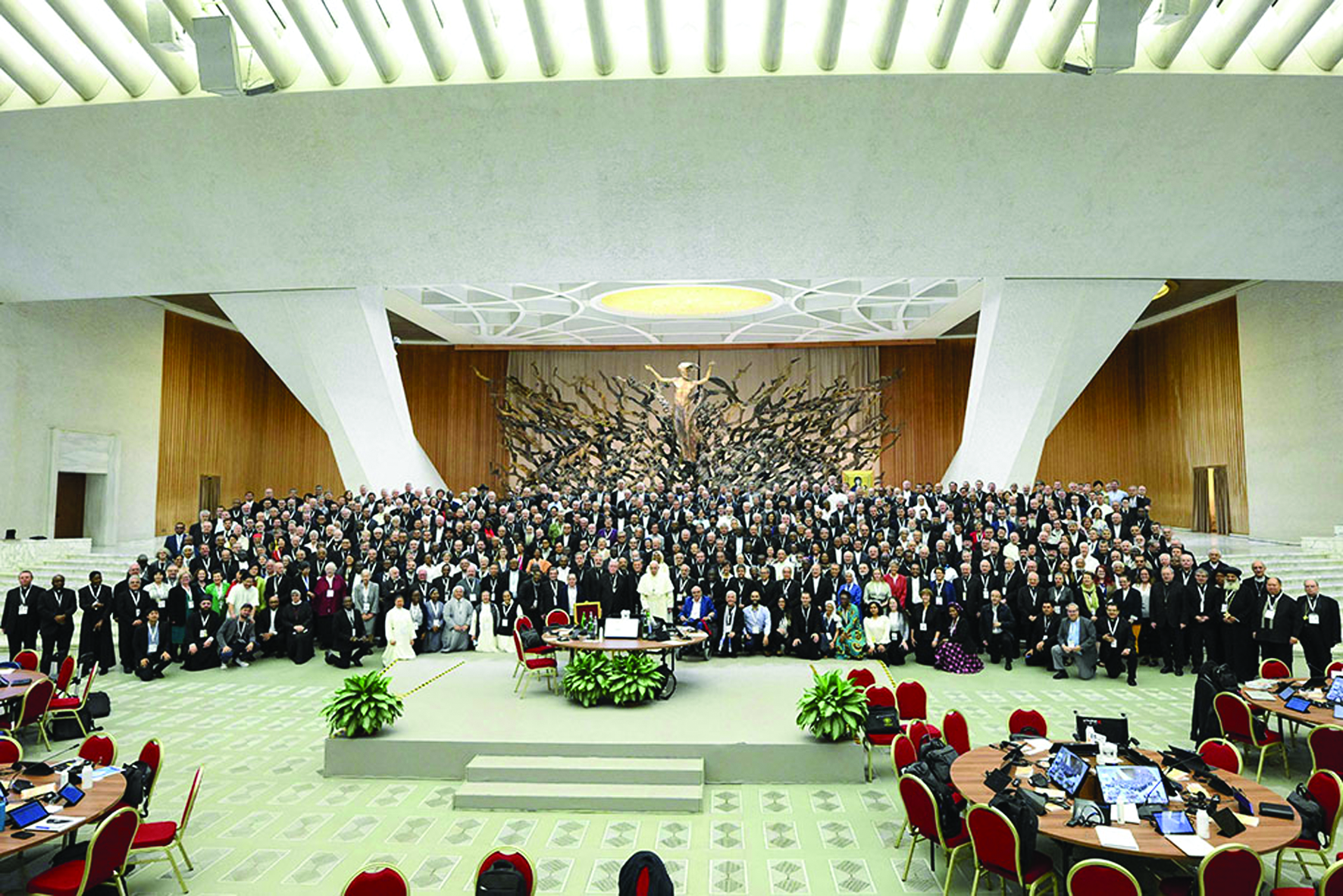
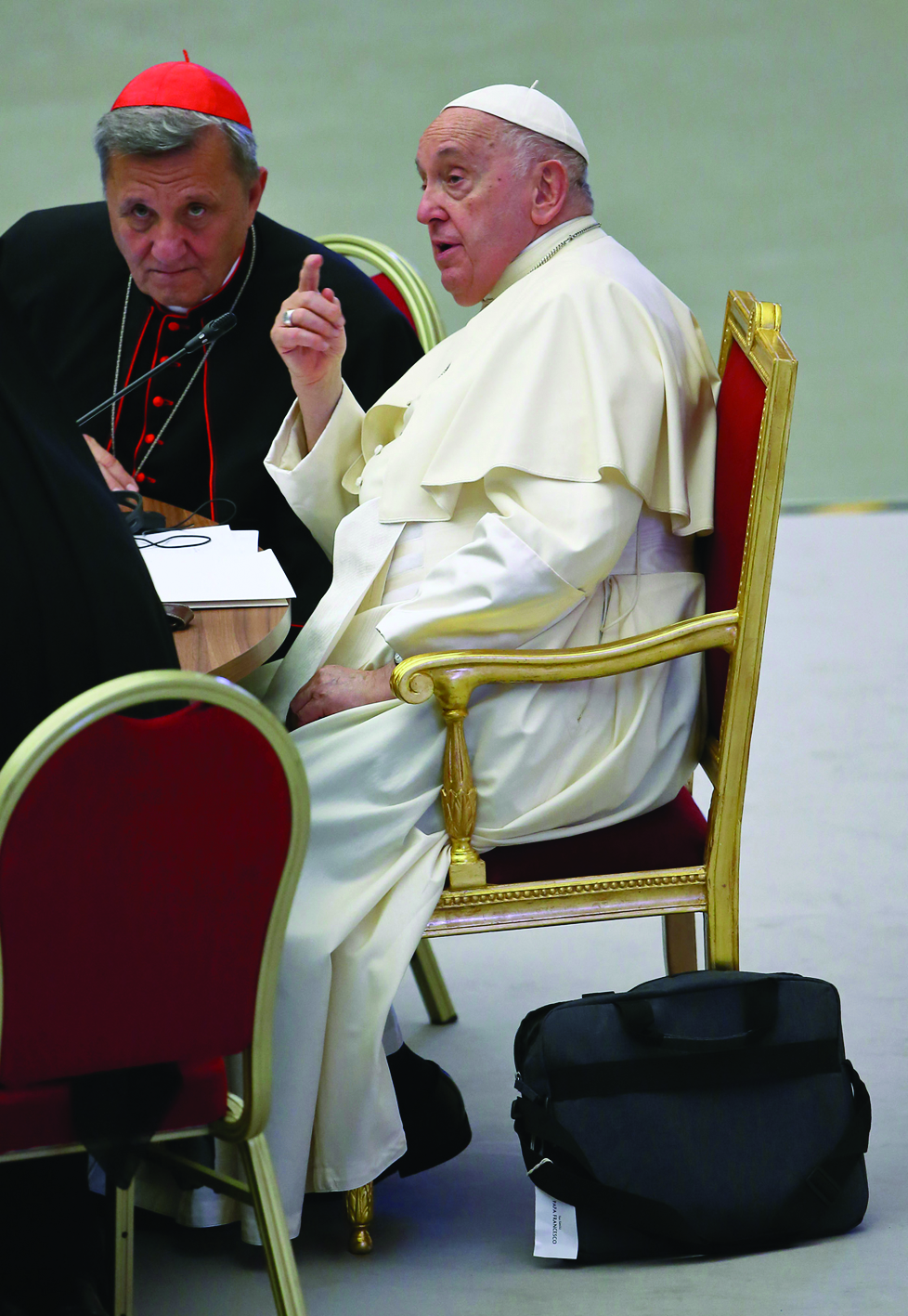
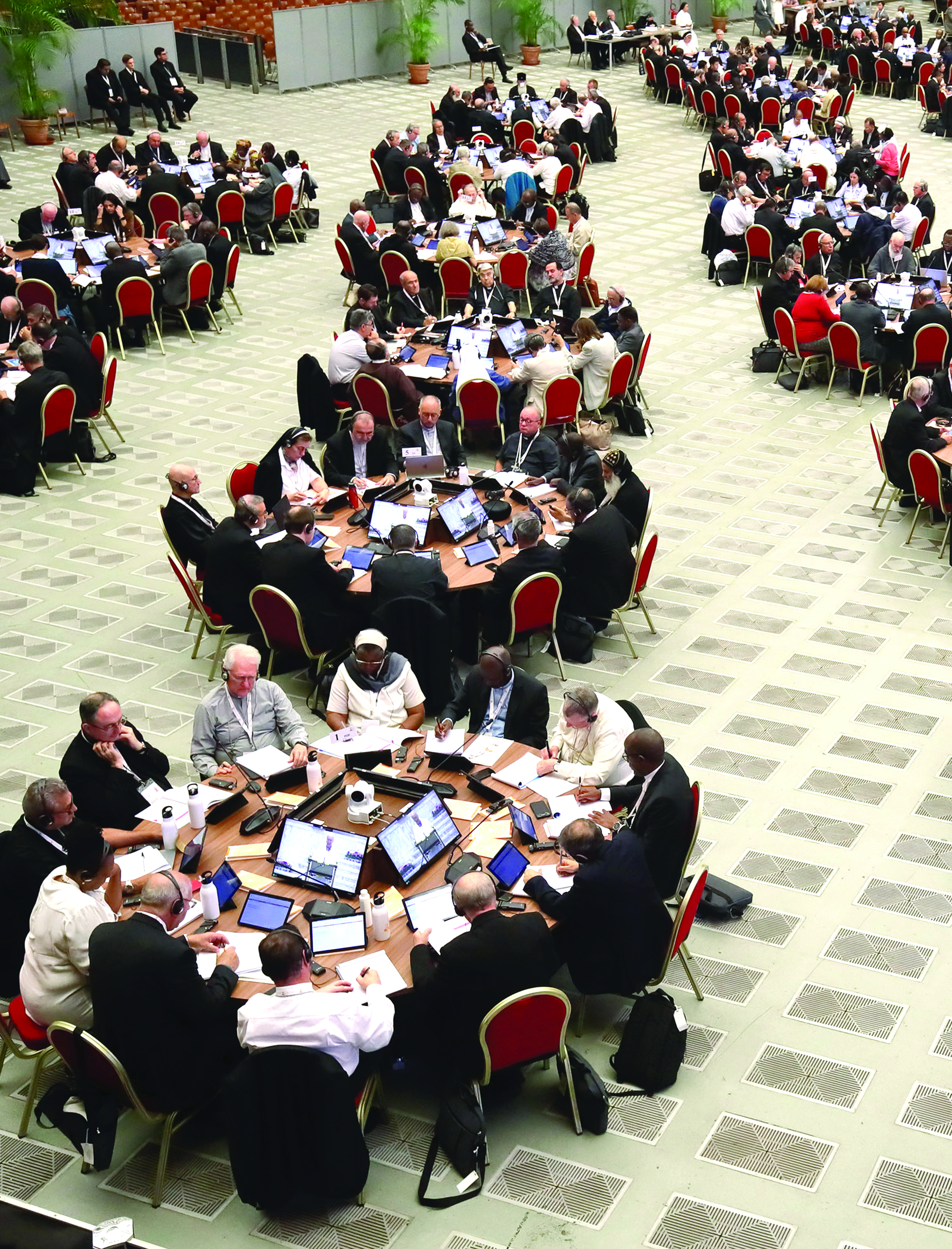
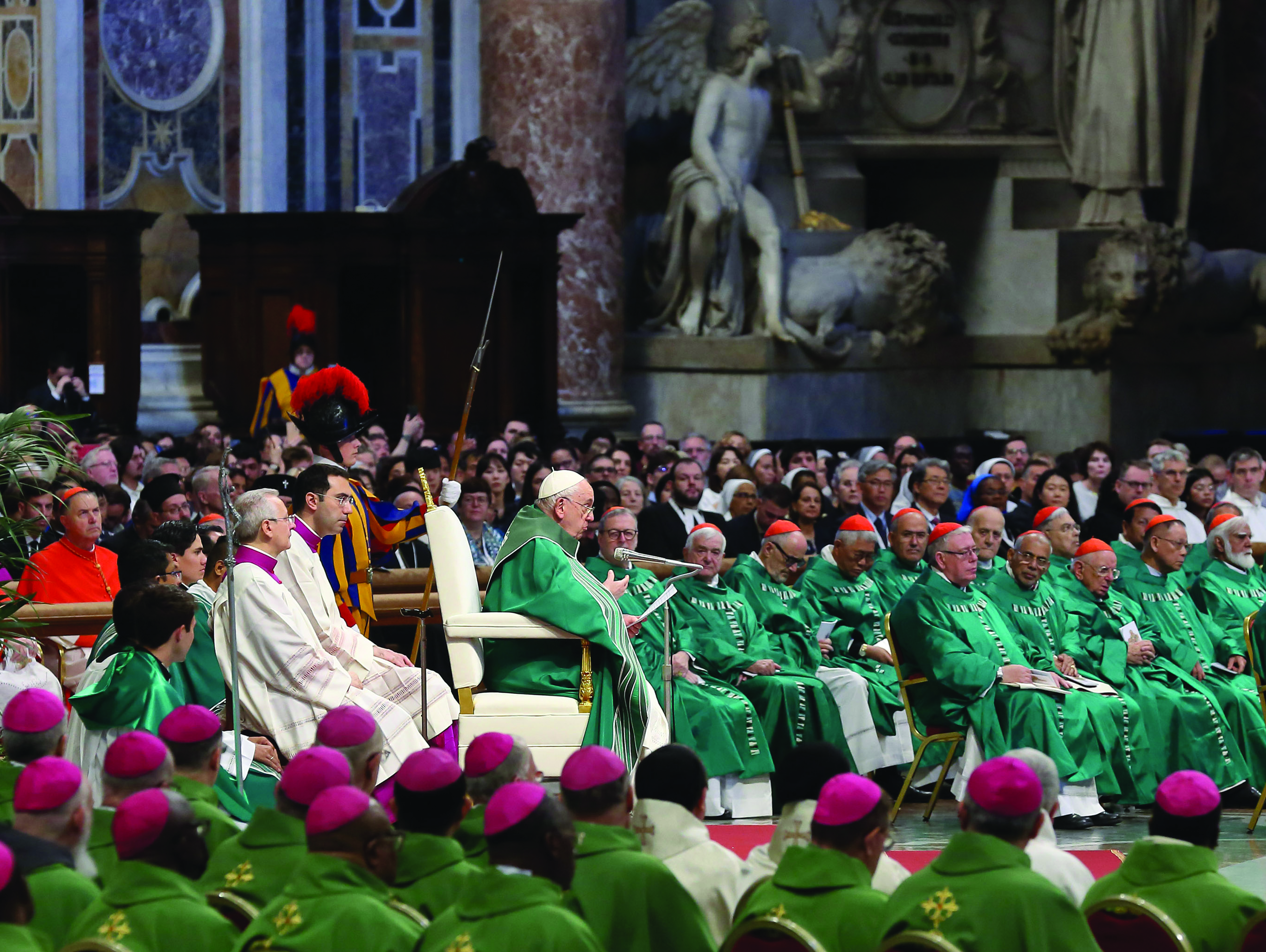
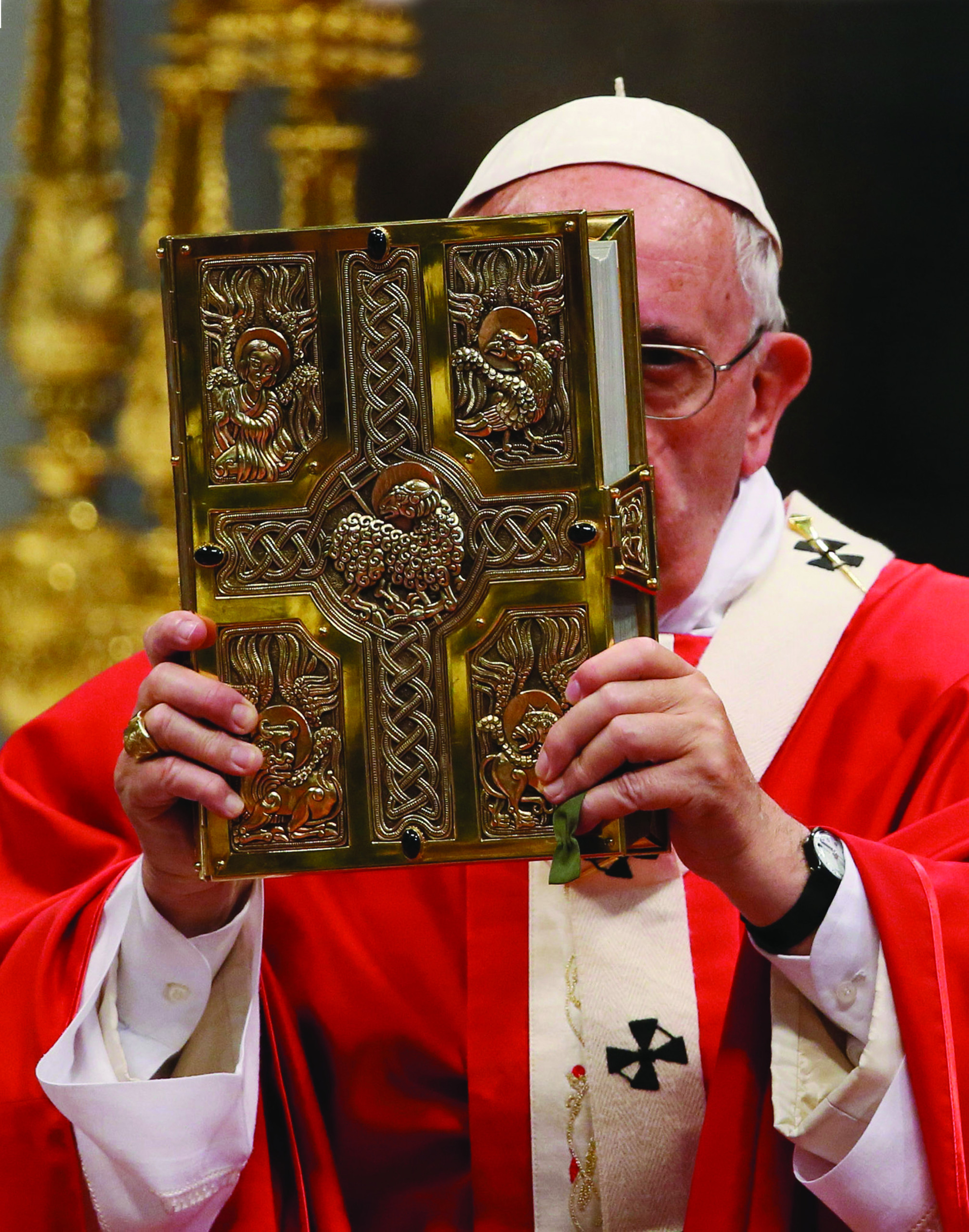
Facebook Comments